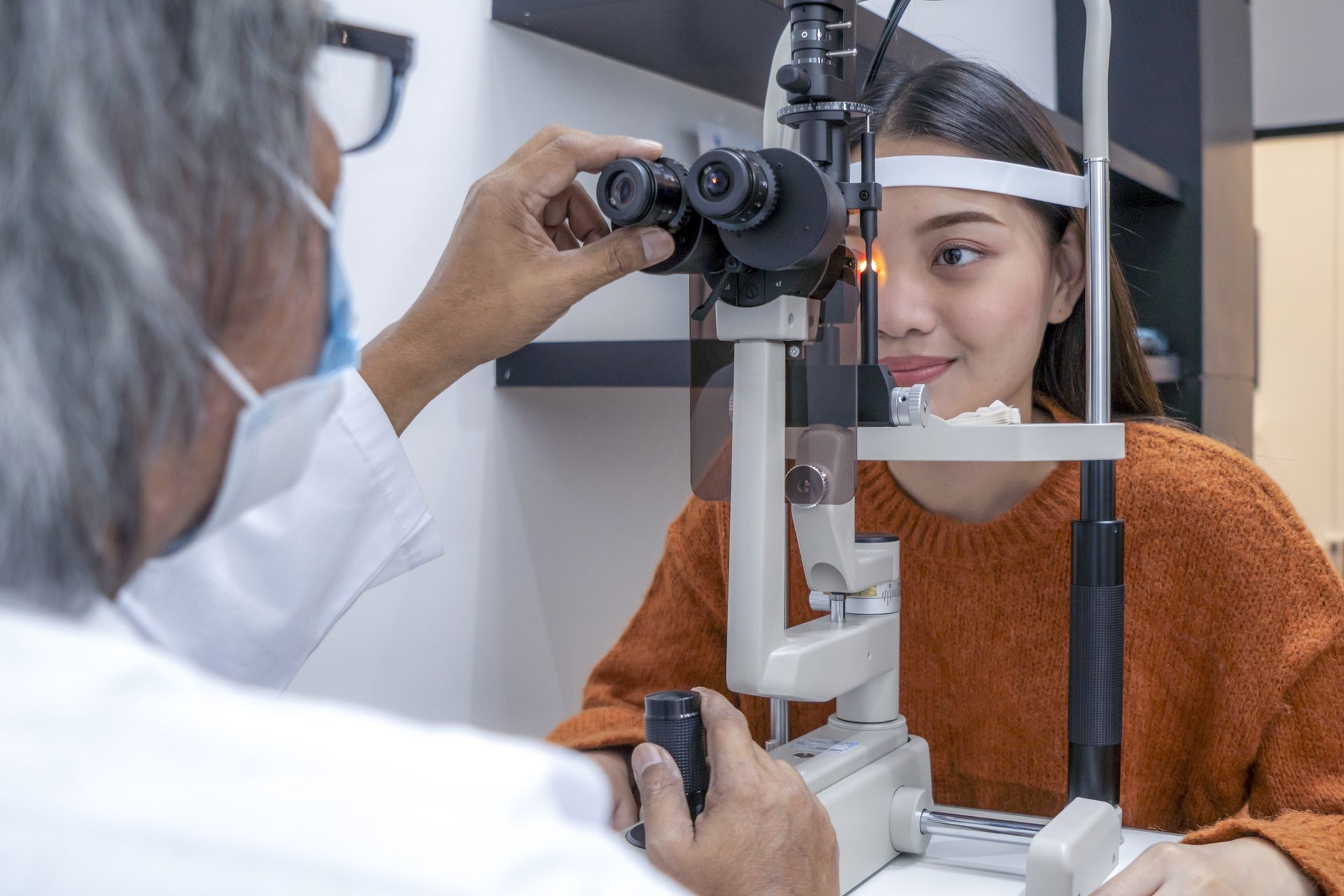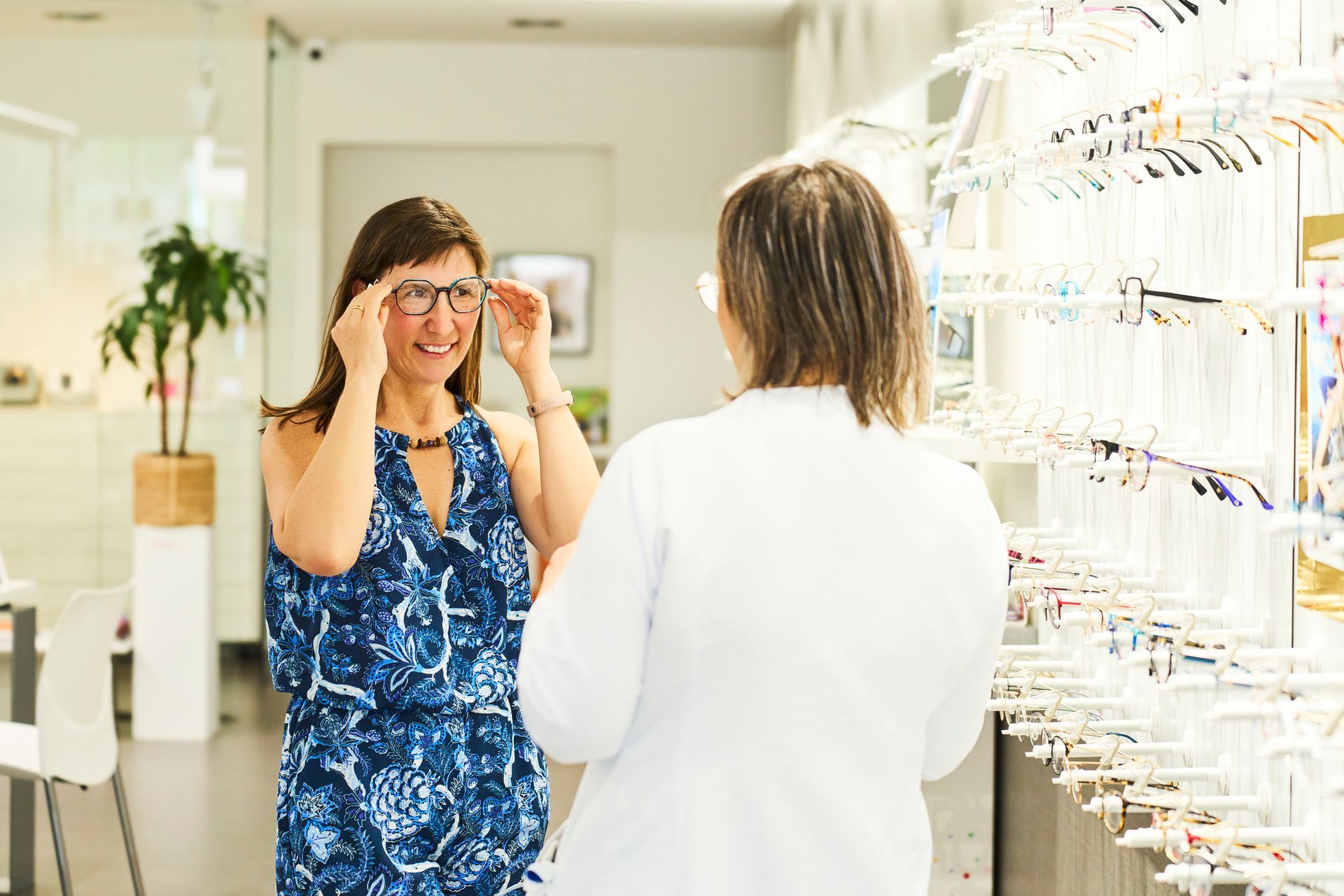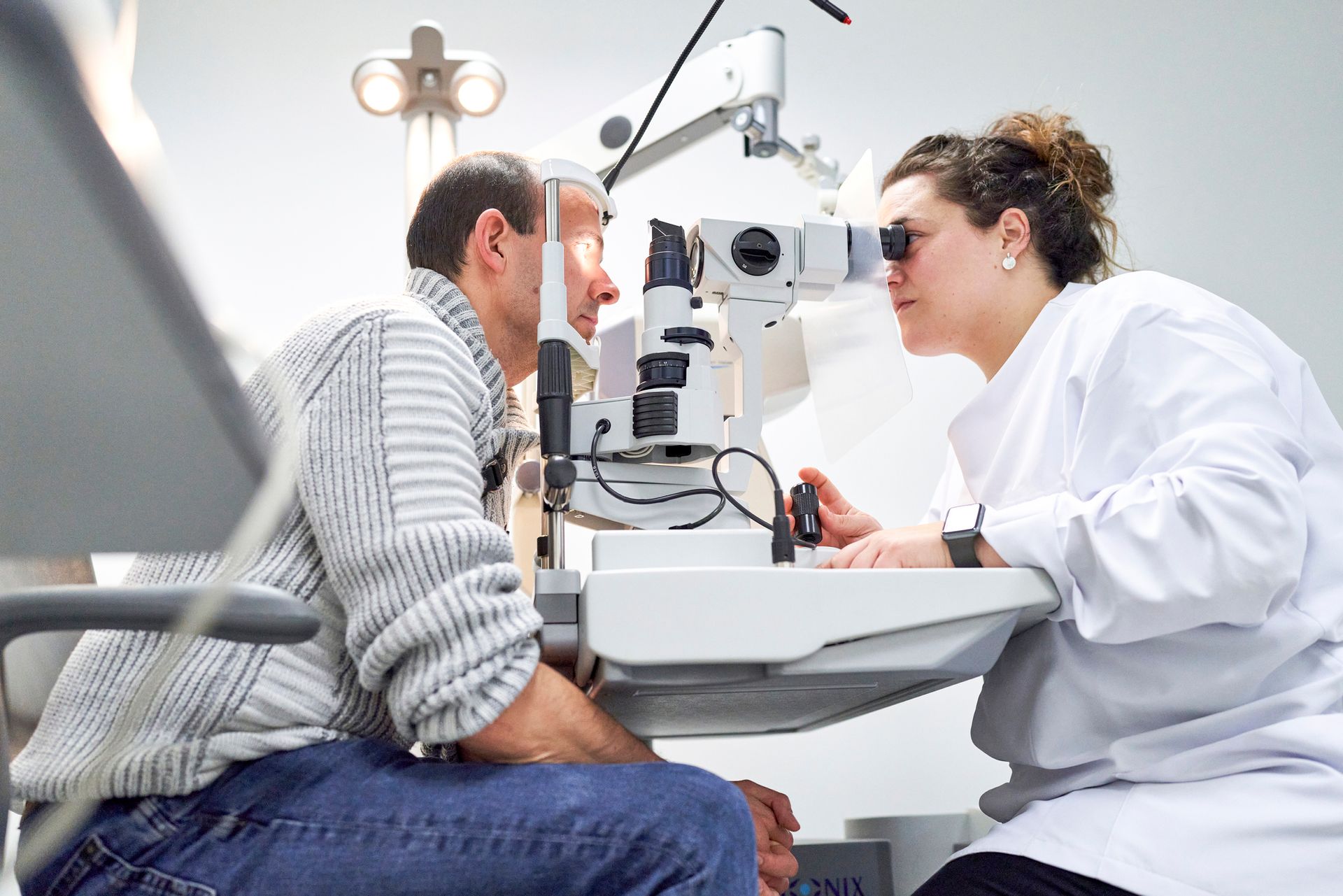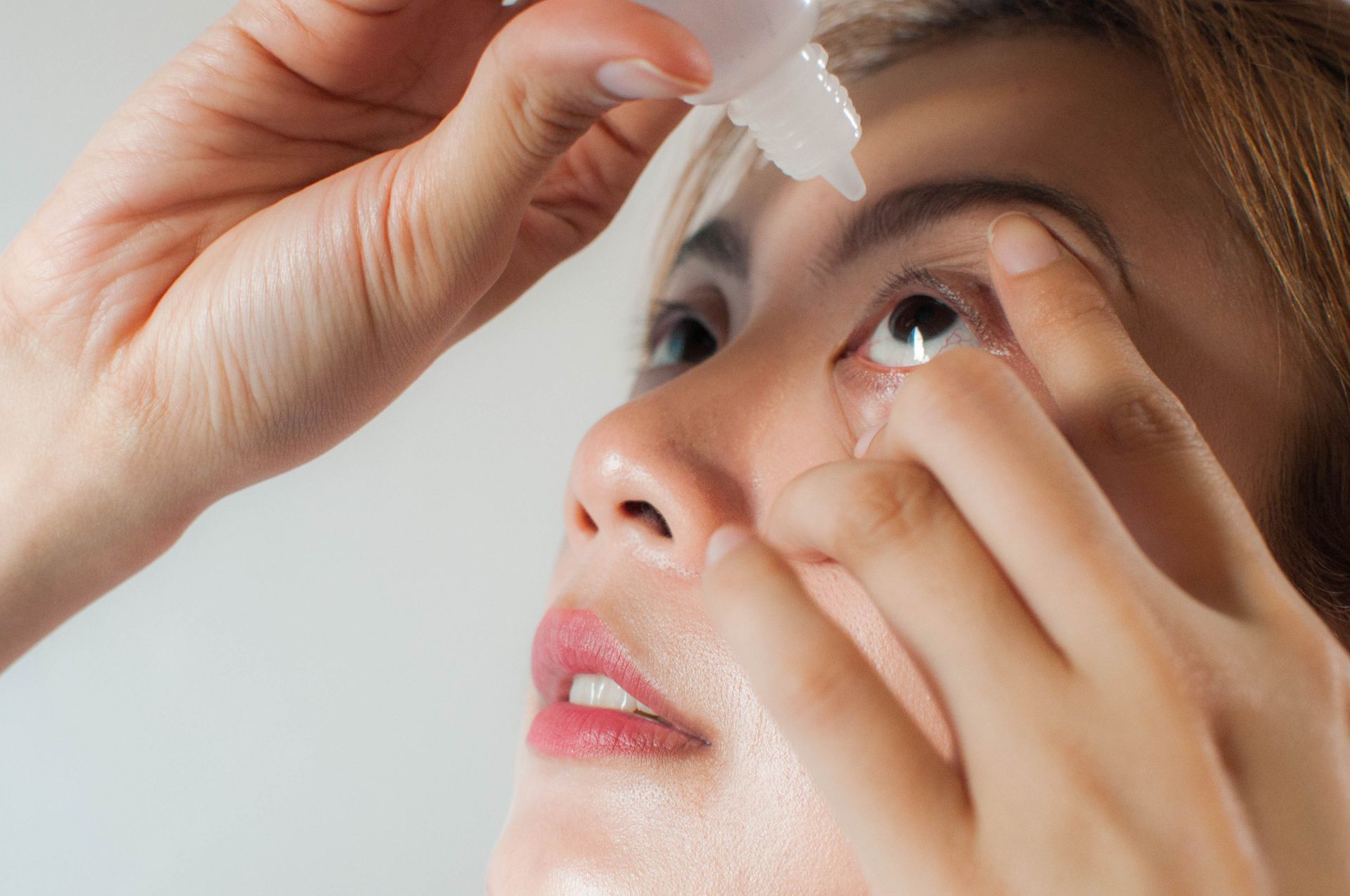Frequently Asked Questions About Corneal Abrasions
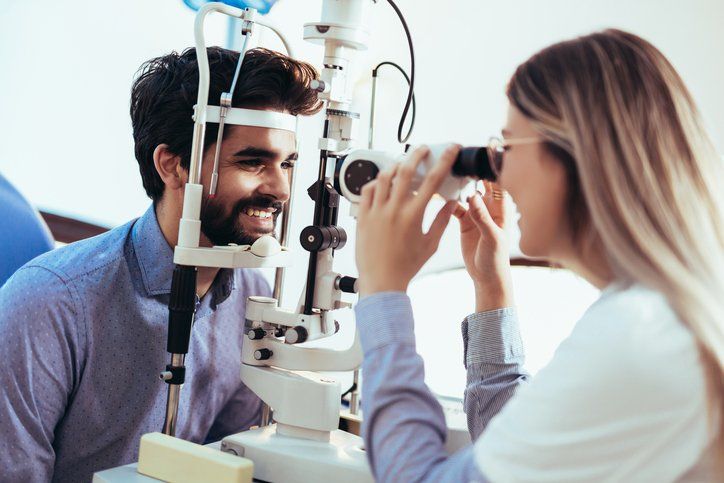
Corneal abrasions represent a common threat to people of all ages, especially in work environments (with some 15 out of every 1,000 automotive workers complaining of the condition, to state just one industry example). This injury involves scratches in the tissues of the transparent sphere at the front of the eye.
Since corneal abrasions can vary greatly in their causes, severity, and long-term effects, an understanding of these injuries can help you respond to them safely and effectively. Take a look at the answers to these frequently asked questions about corneal abrasions.
What Constitutes a Corneal Abrasion?
The multi-layered tissues of the cornea extend in a smooth curve over the front of the eye, creating a transparent sphere over the pupil and iris. These tissues permit light to enter the eye and help to guide it toward the retina in clear focus. The cornea also protects the inner workings of the eye from germs and debris.
Unfortunately, the corneal tissues can sustain scratches fairly easily. These abrasions commonly afflict the outer layer of the cornea known as the corneal epithelium, leaving a wound in that part of the corneal surface.
Why Do Corneal Abrasions Occur?
The most obvious and acute examples of corneal abrasion involve direct trauma to the cornea from dust, sand, makeup, contact lenses, a poke in the eye, or chemical exposure. However, infections can also scratch the corneal tissues, especially if they cause irritation that compels you to rub at the affected eye.
Dry eye raises your corneal abrasion risk. When your tear film fails to lubricate and protect your corneas adequately, you may have more trouble with infections and scratches from foreign objects. Your corneas may even adhere to your eyelids during sleep, leading to corneal damage when you open your eyes.
How Do Corneal Abrasions Affect Your Eyes and Vision?
The extraordinary sensitivity of the corneal tissues can allow even a tiny corneal abrasion to cause intense pain. You may also find the affected eye unusually sensitive to bright light. The eye may appear red and watery, while the vision in that eye may appear blurred.
Superficial corneal abrasions may leave no lasting signs of their presence after a few days of healing. However, deep or recurring abrasions may leave scars. If scars develop over the area of your pupil, you may develop long-term visual difficulties.
How Do Ophthalmologists Evaluate and Treat Corneal Abrasions?
Ophthalmologists can confirm corneal abrasions by dilating the pupils and exposing the corneas to fluorescein eye drops. Fluorescein stains the corneas, revealing injuries or abnormalities in the transparent tissues.
Mild corneal abrasions may require no treatment apart from removing any foreign object that might keep damaging the cornea. You may receive antibiotics to prevent the abrasion from getting infected or to stop an existing infection. You also need to use lubricating eye drops regularly, especially if you have dry eye.
If deep corneal abrasions and scarring have seriously impaired your vision, you might consider undergoing a corneal transplant. In this procedure, your ophthalmologist removes the scarred, opaque part of the cornea and replaces it with clear, healthy tissue from a donor.
What Can You Do to Prevent Future Corneal Abrasions?
In addition to regular eye drop use, you may need to make certain other lifestyle changes to protect your eyes against future corneal abrasions. Examples include wearing protective glasses or goggles in risky environments, improving your makeup or contact lens hygiene, and inserting contact lenses with greater care.
Keep in mind that innocent eye rubbing can lead to corneal abrasions. Instead of reacting to debris or other irritation in this manner, wash the affected eye out with a sterile solution or try pulling the upper lid down over the lower one to remove the offending particle. If you can't get rid of the irritant, seek medical assistance.
Calvert Ophthalmology Center can help you deal with corneal abrasions and keep your eyes as comfortable and functional as possible for life. Contact us today at any of our locations.



